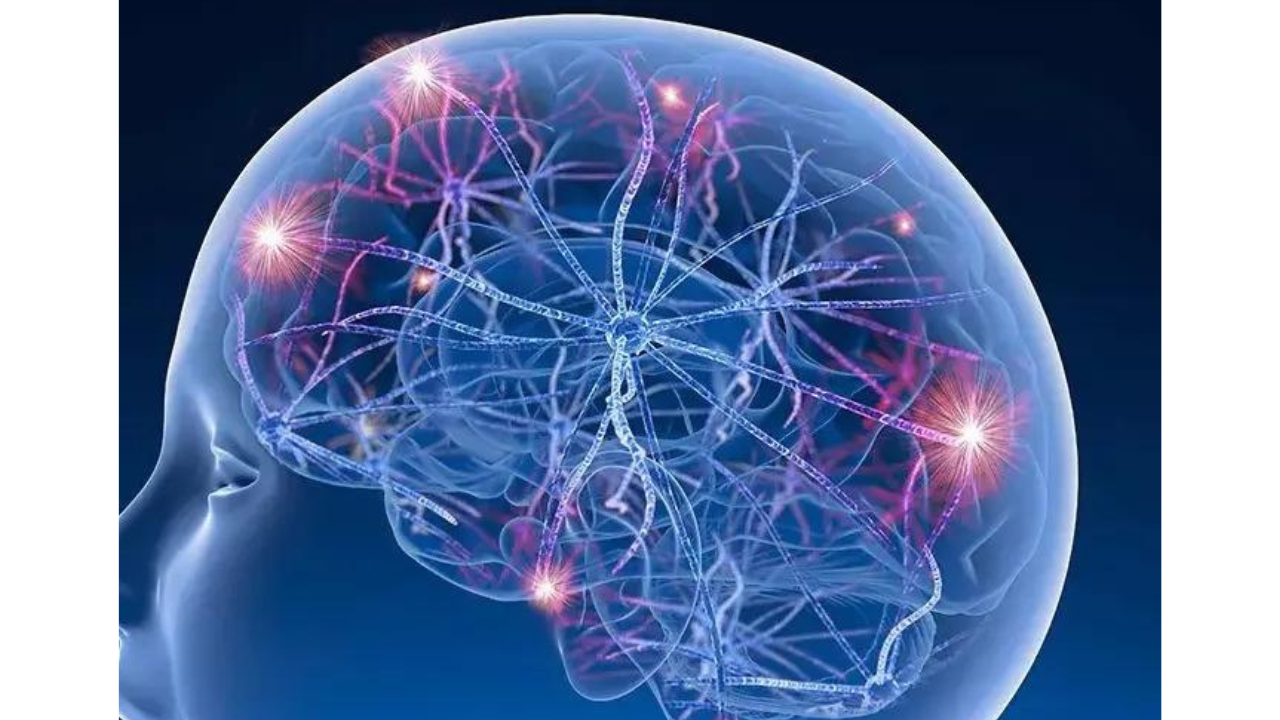LOS ANGELES: Well-being is crucial for everyone, especially when we are lonely or alone. Depression is a major issue for many individuals, and finding an effective treatment is critical.
In a recent study published in Molecular Psychiatry, researchers used a mouse model of depression to show that one type of ketamine (a common anaesthetic) in low doses can improve social impairments by restoring function in a specific brain region known as the anterior insular cortex.
Ketamine is often used at low doses to treat depression, but its actions in the brain remain relatively unclear. Generally, ketamine refers to a mix of two different forms of ketamine: (S)-ketamine and (R)-ketamine. These two molecules are mirror isomers or enantiomers–they have the same molecular formula, but their three-dimensional forms are mirror images of one another.
Although they usually occur as (S) and (R) pairs, they can also be separated into either (S)-ketamine or (R)-ketamine. Each is beneficial in treating depression, although their specific effects vary.
When the research team decided to test the effects of (S)-ketamine and (R)-ketamine on depression-like symptoms in mice, they first had to decide on an appropriate model. Given that depression and social impairments can be induced by long-term social isolation, they chose a chronic (at least 6 weeks) social isolation mouse model.
The researchers then used a method that allowed them to directly compare neuronal activation throughout the entire brains of mice treated with (S)-ketamine, (R)-ketamine, or saline (as a control) directly after behavioural tests.
“In this way, we were able to observe differences between (S)-ketamine and (R)-ketamine treatments in terms of neuronal activation across the whole brain, without having a predefined hypothesis,” said lead author of the study Rei Yokoyama.
“Notably, we found that chronic social isolation led to decreased neuronal activation in the anterior insular cortex–a brain region that is important for emotional regulation–during social contact, and that (R)-ketamine, but not (S)-ketamine, reversed this effect.”
The researchers also found that mice treated with (R)-ketamine were better at recognizing unfamiliar versus familiar mice in a social memory test, indicating improved social cognition. Moreover, when neuronal activity was suppressed in the anterior insular cortex, the (R)-ketamine-induced improvements disappeared.
“These findings highlight the importance of the anterior insular cortex for the positive effects of (R)-ketamine on social impairments, at least in mice,” said Hitoshi Hashimoto, senior author of the study.
“Together, our results indicate that (R)-ketamine may be better than (S)-ketamine for improving social cognition, and they suggest that this effect is dependent on restoring neuronal activation in the anterior insular cortex.”
In a recent study published in Molecular Psychiatry, researchers used a mouse model of depression to show that one type of ketamine (a common anaesthetic) in low doses can improve social impairments by restoring function in a specific brain region known as the anterior insular cortex.
Ketamine is often used at low doses to treat depression, but its actions in the brain remain relatively unclear. Generally, ketamine refers to a mix of two different forms of ketamine: (S)-ketamine and (R)-ketamine. These two molecules are mirror isomers or enantiomers–they have the same molecular formula, but their three-dimensional forms are mirror images of one another.
Although they usually occur as (S) and (R) pairs, they can also be separated into either (S)-ketamine or (R)-ketamine. Each is beneficial in treating depression, although their specific effects vary.
When the research team decided to test the effects of (S)-ketamine and (R)-ketamine on depression-like symptoms in mice, they first had to decide on an appropriate model. Given that depression and social impairments can be induced by long-term social isolation, they chose a chronic (at least 6 weeks) social isolation mouse model.
The researchers then used a method that allowed them to directly compare neuronal activation throughout the entire brains of mice treated with (S)-ketamine, (R)-ketamine, or saline (as a control) directly after behavioural tests.
“In this way, we were able to observe differences between (S)-ketamine and (R)-ketamine treatments in terms of neuronal activation across the whole brain, without having a predefined hypothesis,” said lead author of the study Rei Yokoyama.
“Notably, we found that chronic social isolation led to decreased neuronal activation in the anterior insular cortex–a brain region that is important for emotional regulation–during social contact, and that (R)-ketamine, but not (S)-ketamine, reversed this effect.”
The researchers also found that mice treated with (R)-ketamine were better at recognizing unfamiliar versus familiar mice in a social memory test, indicating improved social cognition. Moreover, when neuronal activity was suppressed in the anterior insular cortex, the (R)-ketamine-induced improvements disappeared.
“These findings highlight the importance of the anterior insular cortex for the positive effects of (R)-ketamine on social impairments, at least in mice,” said Hitoshi Hashimoto, senior author of the study.
“Together, our results indicate that (R)-ketamine may be better than (S)-ketamine for improving social cognition, and they suggest that this effect is dependent on restoring neuronal activation in the anterior insular cortex.”
Denial of responsibility! Swift Telecast is an automatic aggregator of the all world’s media. In each content, the hyperlink to the primary source is specified. All trademarks belong to their rightful owners, all materials to their authors. If you are the owner of the content and do not want us to publish your materials, please contact us by email – swifttelecast.com. The content will be deleted within 24 hours.


